Formwork by Industrial Facility for Herman Miller
London Design Festival 2013: London studio Industrial Facility has created a range of stacking containers to store desktop items for American office furniture manufacturer Herman Miller.
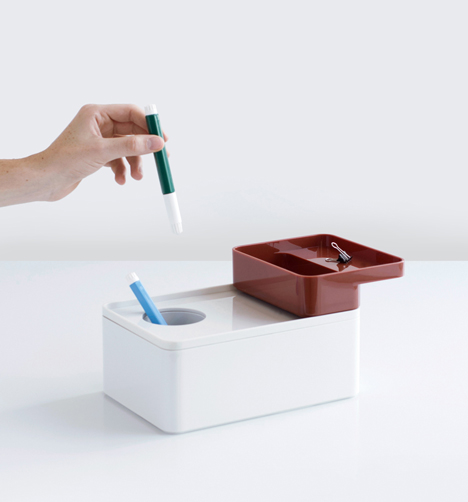
Sam Hecht and Kim Colin of Industrial Facility designed the Formwork plastic boxes with a non-slip silicone base to stack in any combination, lining up horizontally or stacking vertically.
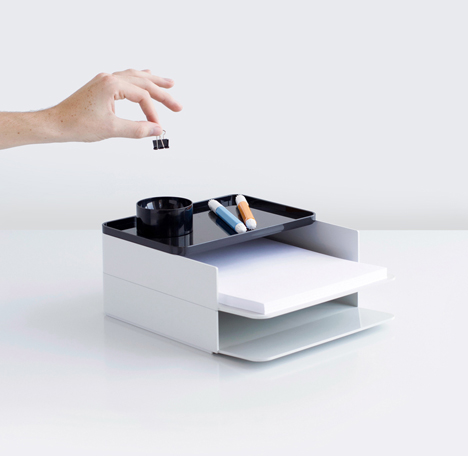
The products grew out of a project by the duo last year, in which they closely examined the analogue and digital items that tend to populate a desk.
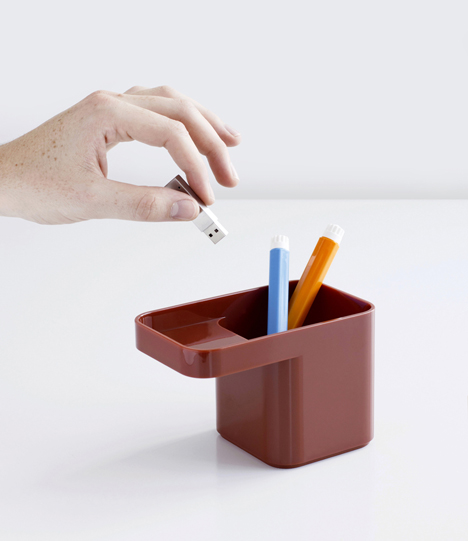
"It became clear that the modern desk is an amalgamation of not just the office, but also the kitchen, the workshop and the bathroom," they said, explaining how they found that alongside stationery, workstations tend to accommodate items like fruit, mugs, tissue boxes and toiletries.
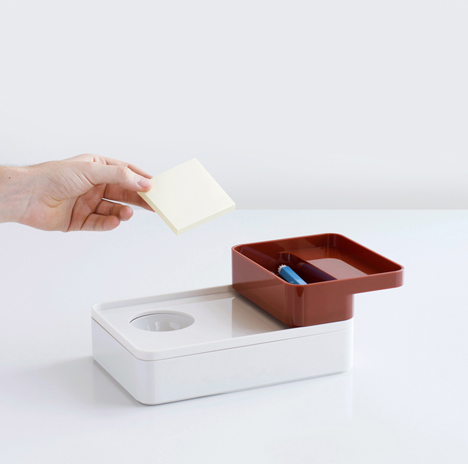
The Formwork storage system for Herman Miller keeps some of these items on show and in easy reach, while hiding others from view. Some pieces include cantilevered ledges that act as a little tray, elevating important objects and keeping them to hand.
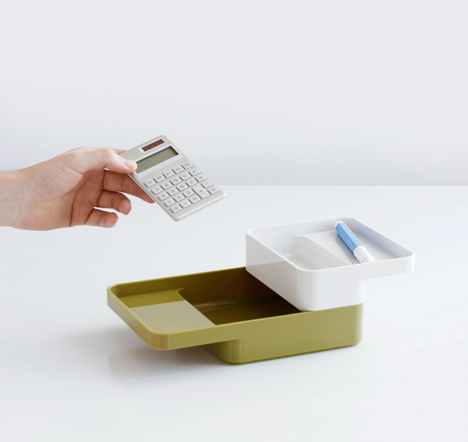
Components of the system include a pencil pot that a roll of masking tape will fit around, small and large trays, a tissue box, a media stand and paper trays.
"The idea is that with forms that are pluralistic and stackable, the range of use is far broader than in the office, and can be used in the home, the workshop and many other places too," said the designers.
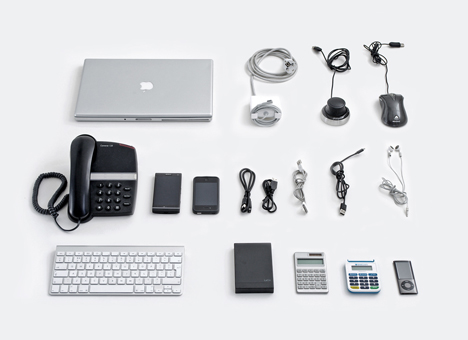
Hecht and Colin will preview the range as part of a pop-up shop by Retail Facility, the arm of their company set up to sell their products, at 20 Britton Street, London EC1M 5UA from 17 to 20 September as part of the London Design festival.
They'll also show lighting for OLuce and a stool for Mattiazzi, which we reported on when they were first shown in Milan in April 2013.
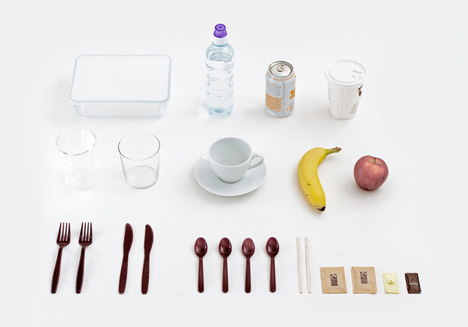
Earlier this year Industrial Facility unveiled an office furniture system for Herman Miller that promotes interaction in the workplace.
See more design by Industrial Facility »
See more stories about office furniture from Herman Miller »
See more stationery »
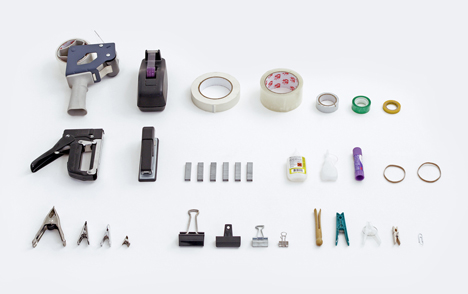
Here's some more information from the designers:
Formwork
Herman Miller’s Formwork modular desk accessories have been designed by Sam Hecht and Kim Colin to help people bring order to their papers, tools, and artifacts. The approach aligns itself with Herman Miller’s recent trajectory of extending its reach beyond furniture and into personal tools and accessories that serve the users’ individual needs and preferences, enhancing their experience for both home and work life.
With shapes and sizes that were rigorously considered to relate an intuitive sense of utility, Formwork™ may be stacked and combined in any way the user sees fit. In varying permutations they allow for some items to be kept out of view, while others to remain within reach. The simple yet sophisticated forms, material production, and color palette indicate a level of thoughtfulness rarely brought to desktop goods.
Formwork is made from ABS Plastic with a non-slip Silicone Base. The collection ranges from a Pencil to Small and Large Trays, Small and Large Boxes, a Tissue Box, a Media Stand, and Paper Tray. The idea is that with forms that are pluralistic and stackable, the range of use is far broader than in the office, and can be used in the home, the workshop and many other places too.
Background
Formwork™ was first commissioned in 2012 as an affirmation that the things we have around us are now a mixture of the analogue and the digital. Hecht and Colin approached the project by examing the items themselves that were populating our lives and our desks, rather than the environements where these items are found. Most research and documentation in these areas are photographs from a distance which merely presents visual complexity and disorder.
By looking more closely at the actual items on the desk themselves, it became clear that the modern desk is an amalgamation not just the office, but also the kitchen, the workshop and the bathroom. Not only were there stationary items, but fruit, sugar packets, spoons and mugs; tissue boxes, ear buds and plasters; tapes, glues and staplers.
Because of the sheer breadth of these items to be stored and used, the simplest of forms – the box – was chosen. The box sizes realte to the dimensions of these commonly found items. For instance pen cups share the same diameter as the internal roll of masking tape; boxes share the same size as tissue boxes; and paper trays are the share the sizes of assorted papers and magazines. Hecht and Colin promoted the idea of a collection of simple boxes that could be arranged horizontally or stacked vertically, with each accessory being multi-dimensional in where they could be used and what they could contain and allowing for a hierarchy of usefulness.
Some things can be hidden away, while others can be kept visible. Several of the accessories have cantilivered surfaces that act as a tray to help with this type of hierachical organization – instead of digging for a USB stick, it can stay at a higher level.
Retail Facility pop-up shop
17th – 20th September 2013
20 Britton Street,
London EC1M 5UA